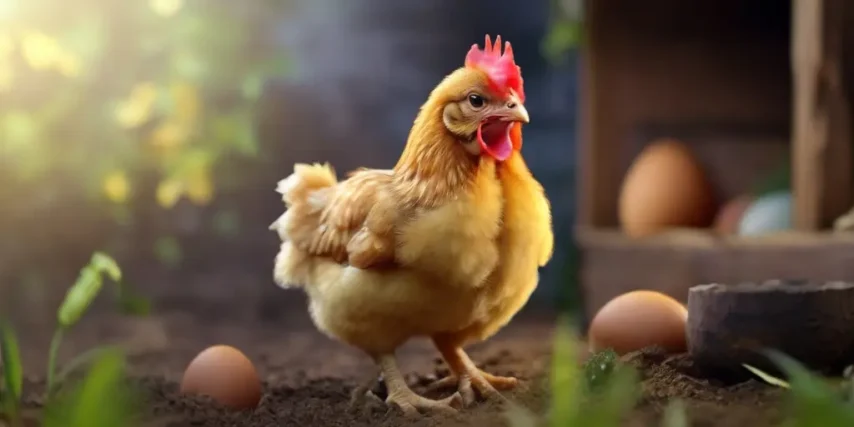Unveiling the Mystery: Why Do Chickens Lay Eggs Every Day?
Chickens are fascinating creatures that have been domesticated for thousands of years. One of the most intriguing aspects of chickens is their ability to lay eggs every day. This article aims to unveil the mystery behind this phenomenon and provide insights into the various factors that contribute to a chicken’s egg-laying behavior.

The Anatomy of an Egg
Before delving into why chickens lay eggs daily, it is crucial to understand the anatomy of an egg. An egg consists of several key components, including the shell, egg white, and yolk. Each part serves a specific purpose in protecting and nourishing the growing chick inside.
The Egg-Laying Process
To comprehend why chickens lay eggs every day, it is essential to explore the egg-laying process. This section will outline the step-by-step journey of an egg, from its formation within the hen’s body to its eventual arrival in the nesting box.
The Role of Hormones
Hormones play a crucial part in regulating a chicken’s reproductive system. Understanding the role of hormones, such as estrogen and progesterone, can shed light on why chickens lay eggs daily. This section will delve into the intricate hormonal changes that stimulate egg production.
The Nutritional Value of Eggs
Eggs are not only a dietary staple for humans but also provide essential nutrients for the developing embryo. This section will explore the nutritional composition of eggs, highlighting the significance of their consumption for both chickens and humans.

Evolutionary Adaptations
The ability to lay eggs daily is a result of millions of years of evolutionary adaptation. This section will discuss how chickens, as descendants of wild birds, have developed this remarkable ability to ensure the survival of their species.
The Influence of Light
Light plays a critical role in regulating a chicken’s egg-laying cycle. This section will explore the impact of light exposure on a chicken’s reproductive system and how it triggers the daily egg-laying process.
Environmental Factors
Aside from light, various environmental factors influence a chicken’s egg-laying behavior. This section will examine how temperature, humidity, and other external conditions can affect the frequency and consistency of egg production.

Breed Differences
Different chicken breeds vary in their capacity to lay eggs daily. This section will explore the genetic factors that determine a breed’s egg-laying capabilities and why certain breeds excel in consistent egg production.
Conclusion
In conclusion, the mystery behind why chickens lay eggs every day stems from a combination of anatomical, physiological, evolutionary, and environmental factors. By understanding these intricate mechanisms, we gain a deeper appreciation for nature’s marvel and the impressive abilities of these humble birds. From the anatomy of an egg to the impact of hormones and environmental influences, uncovering the secrets behind daily egg-laying provides insight into the remarkable world







